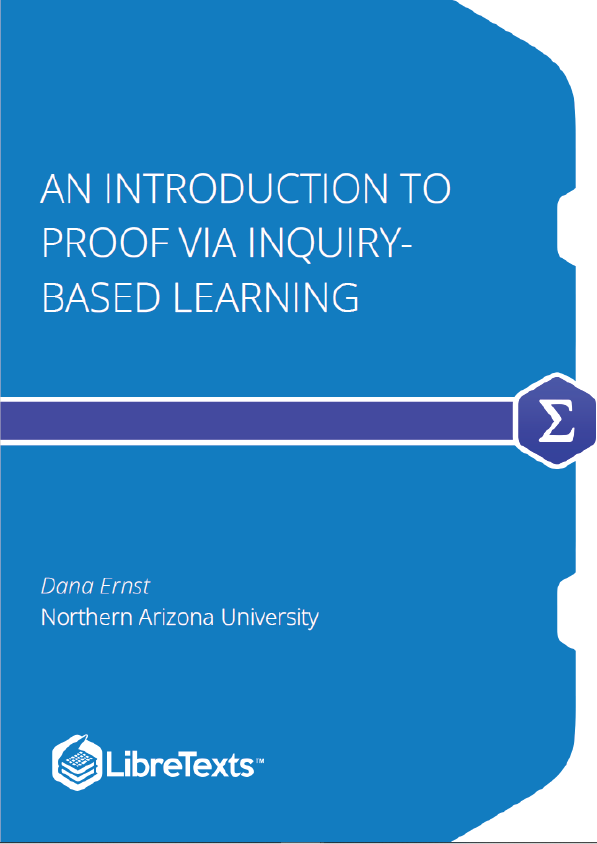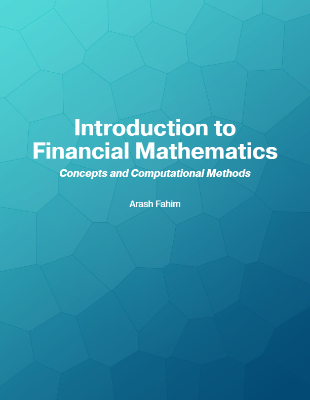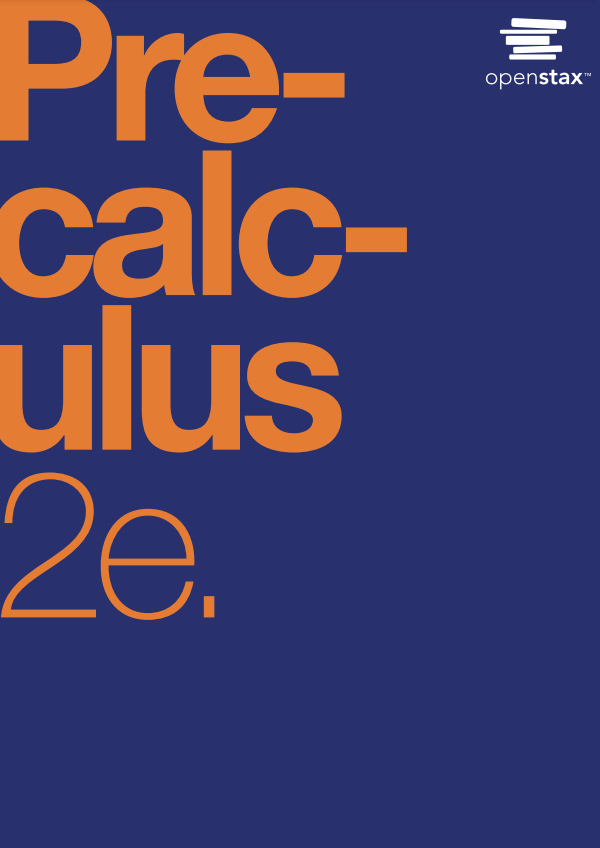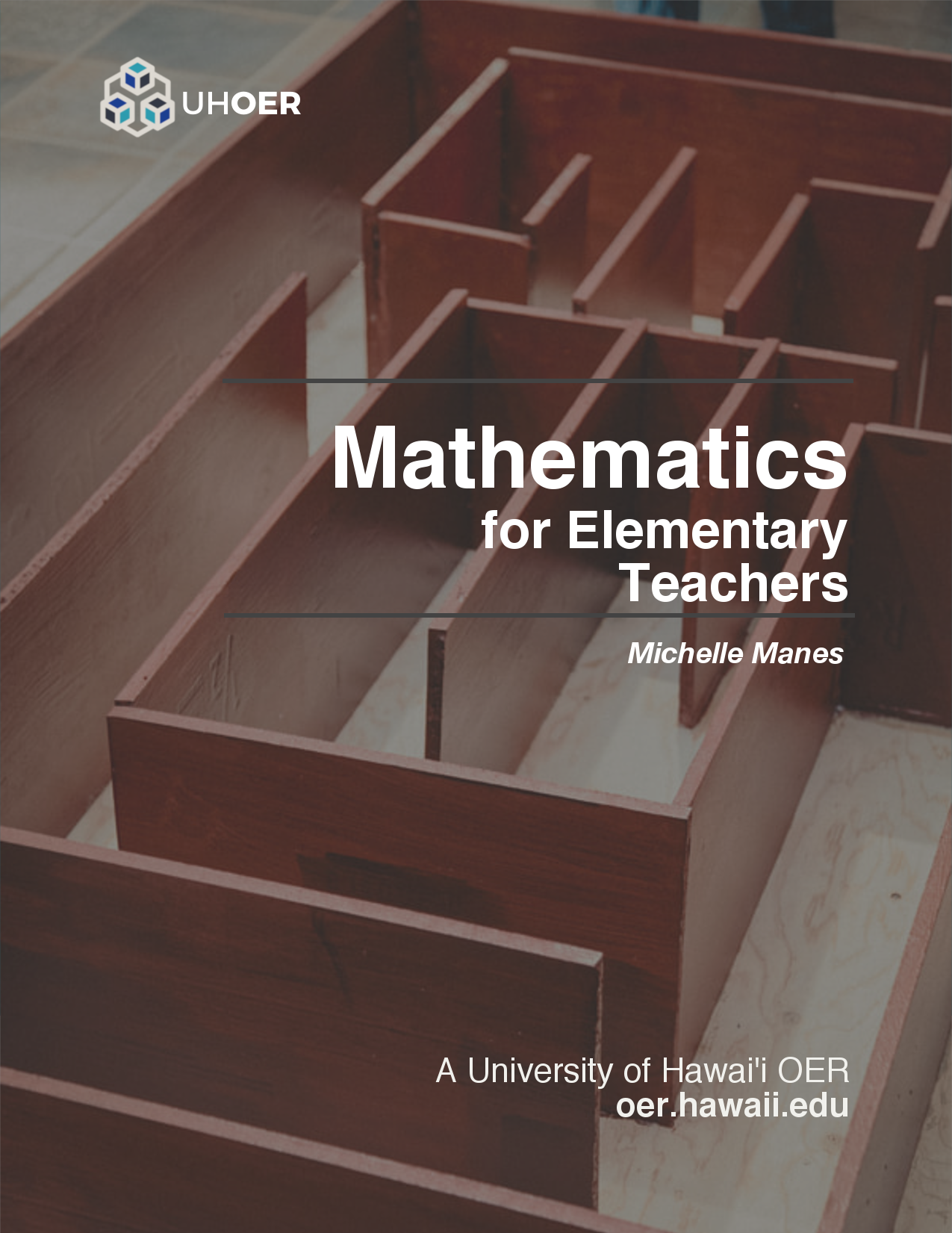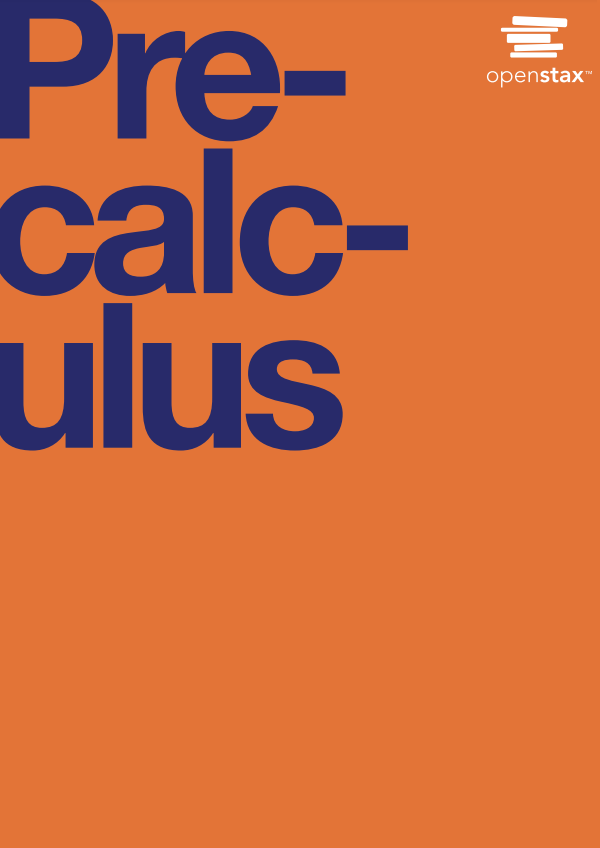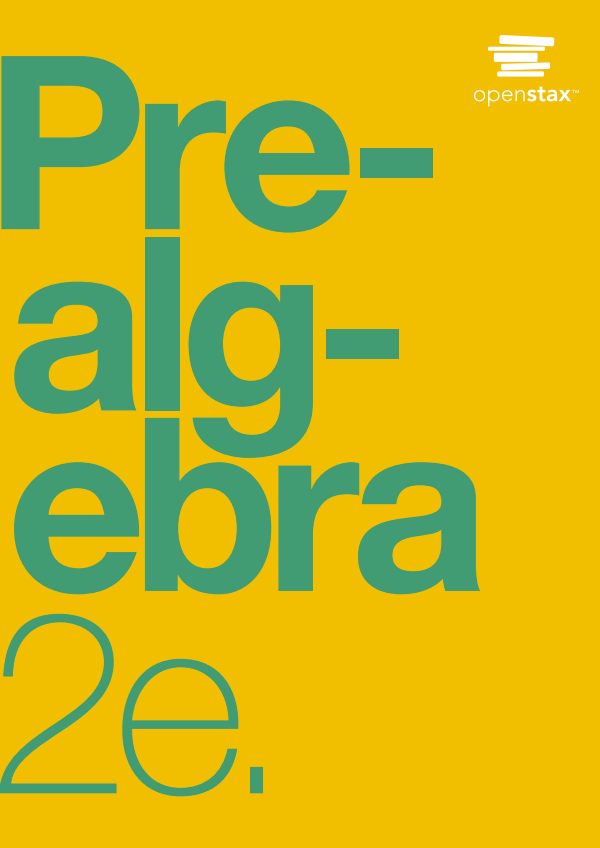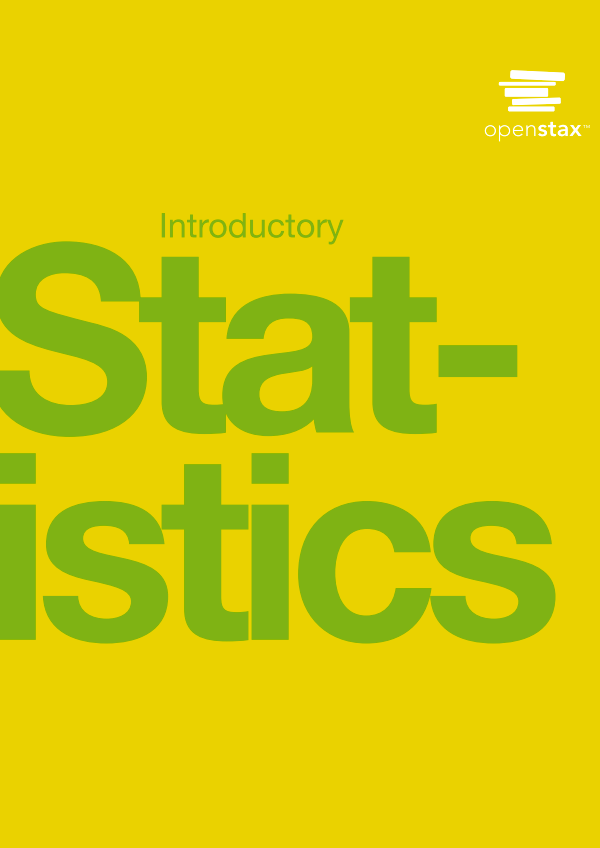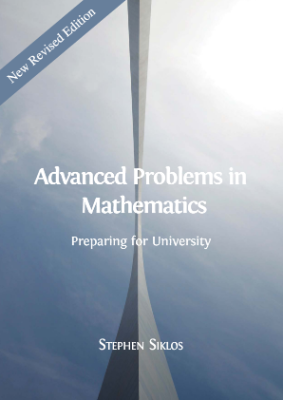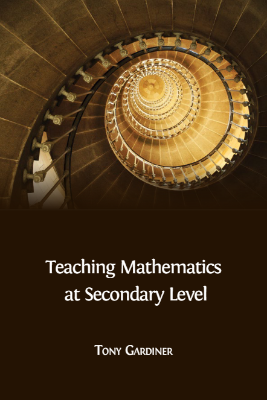This book is intended to be used for a one-semester/quarter introduction to proof course (sometimes referred to as a transition to proof course). The purpose of this book is to introduce the reader to the process of constructing and writing formal and rigorous mathematical proofs. The intended audience is mathematics majors and minors. However, this book is also appropriate for anyone curious about mathematics and writing proofs. Most users of this book will have taken at least one semester of calculus, although other than some familiarity with a few standard functions in Chapter 8, content knowledge of calculus is not required. The book includes more content than one can expect to cover in a single semester/quarter. This allows the instructor/reader to pick and choose the sections that suit their needs and desires. Each chapter takes a focused approach to the included topics, but also includes many gentle exercises aimed at developing intuition.
This book is intended to be used for a one-semester/quarter introduction to proof course (sometimes referred to as a transition to proof course). The purpose of this book is to introduce the reader to the process of constructing and writing formal and rigorous mathematical proofs. The intended audience is mathematics majors and minors. However, this book is also appropriate for anyone curious about mathematics and writing proofs. Most users of this book will have taken at least one semester of calculus, although other than some familiarity with a few standard functions in Chapter 8, content knowledge of calculus is not required. The book includes more content than one can expect to cover in a single semester/quarter. This allows the instructor/reader to pick and choose the sections that suit their needs and desires. Each chapter takes a focused approach to the included topics, but also includes many gentle exercises aimed at developing intuition. The following sections form the core of the book and are likely the sections that an instructor would focus on in a one-semester introduction to proof course.
Up to this point, it is possible that your experience of mathematics has been about using formulas and algorithms. You are used to being asked to do things like: “solve for x”, “take the derivative of this function”, “integrate this function”, etc. Accomplishing tasks like these usually amounts to mimicking examples that you have seen in class or in your textbook. However, this is only one part of mathematics. Mathematicians experiment, make conjectures, write definitions, and prove theorems. While engaging with the material contained in this book, we will learn about doing all of these things, especially writing proofs. Mathematicians are in the business of proving theorems and this is exactly our endeavor. Ultimately, the focus of this book is on producing and discovering mathematics.
Your progress will be fueled by your ability to wrestle with mathematical ideas and to prove theorems. As you work through the book, you will find that you have ideas for proofs, but you are unsure of them. Do not be afraid to tinker and make mistakes. You can always revisit your work as you become more proficient. Do not expect to do most things perfectly on your first—or even second or third—attempt. The material is too rich for a human being to completely understand immediately. Learning a new skill requires dedication and patience during periods of frustration. Moreover, solving genuine problems is difficult and takes time. But it is also rewarding!
